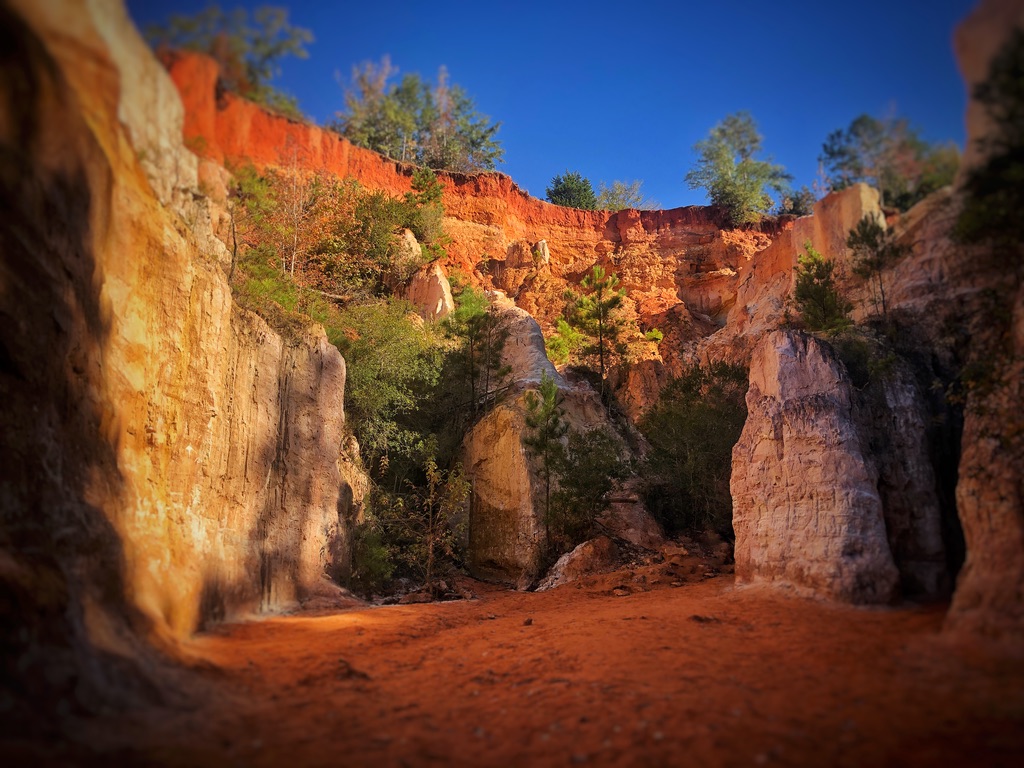
It was a cool November morning when Teri and I set off against the dark before dawn, headlights pointed to South Georgia. We were headed for Providence Canyon, one of Georgia’s best kept secrets.
Providence Canyon is actually the consequences of poor farming practices of the 1800s, which stripped the land of its topsoil and caused uncontrolled flood and erosion, carving canyons almost 150 feet deep into the barren, sandy soil. Better farming practices have slowed the erosion, and today we can enjoy these unique and beautiful canyons in a state where this type of geology would not be natively found.
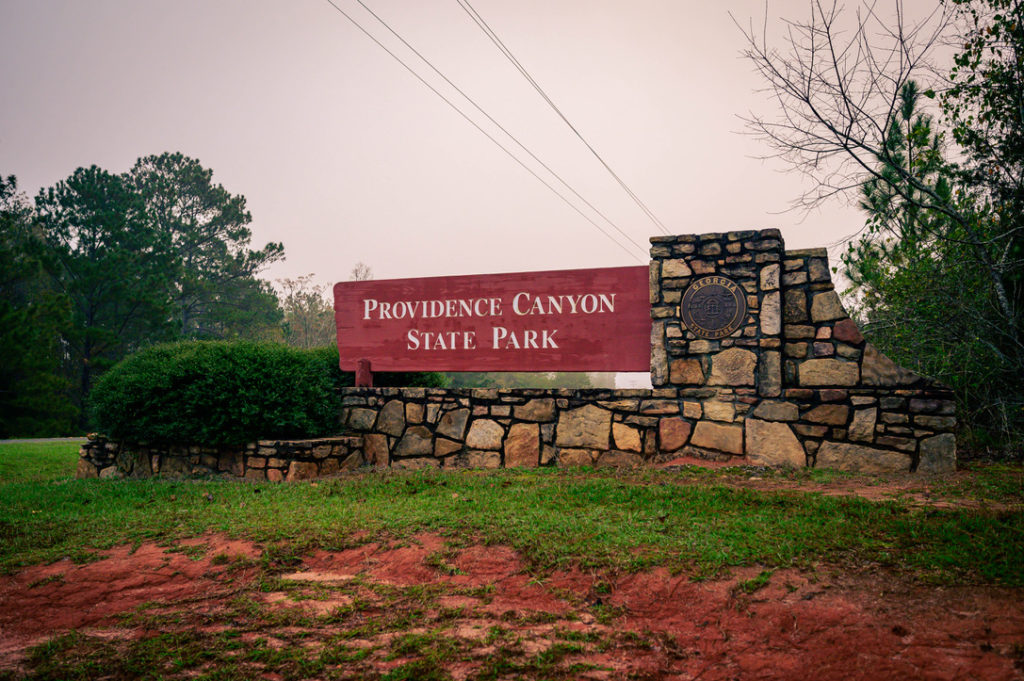
Just as dawn began to break, we entered the park. The morning was overcast and cool – almost chilly – the first hints of fall. We had planned our visit to this park around the brisk fall weather, knowing that the canyons would be intolerably hot in the sever South Georgia summer, and that winter would soon rob the landscape of all it’s interesting color and bring on (what the natives consider to be) bitter cold.
We were promptly greeted by a friendly overlook, a well-serviced restroom, and several Cathartes aura, Turkey Vultures. They were hanging out on the canyon edges, no doubt waiting for the morning sun to arrive and warm their wings.
We visited the Vistor Center, chatting with the friend park ranger, picking up our requisite state park enamel pins, and familiarizing ourselves with the trail system, which is short, moderate, and easy to follow. The trail make a loop into the canyon and back out again, and on the canyon floor there are several short spurs that each take you into the canyon and the back out the way you came. I knew from online research that the most picturesque canyons are 4 and 5, but we decided we wanted to explore each of them in numbered order.
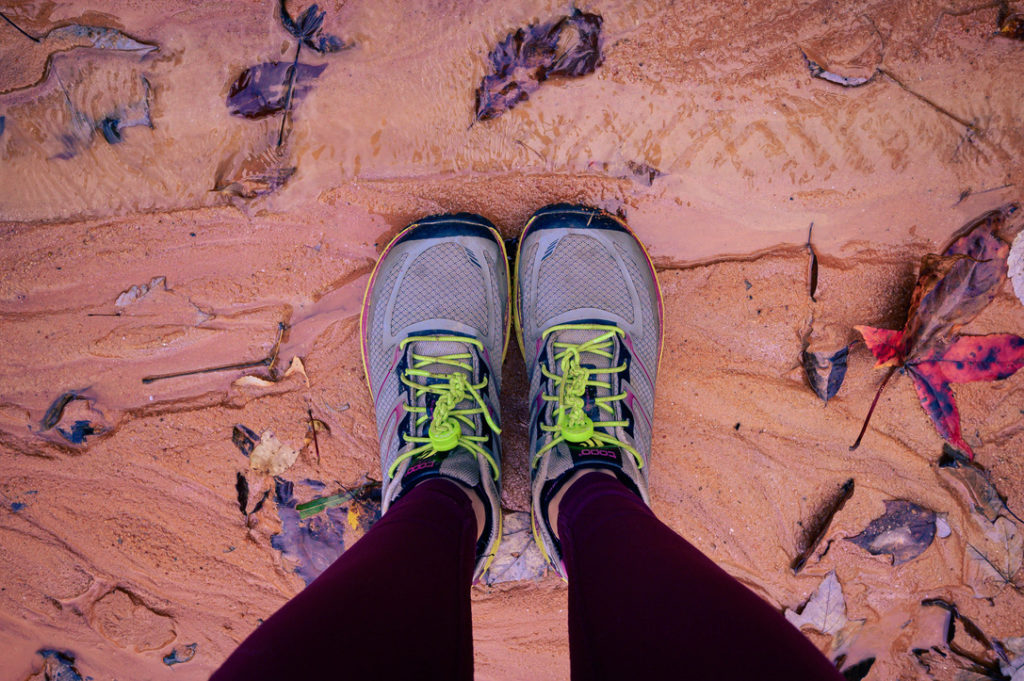
One of the first things you notice about the canyon is the floor – it’s below sea-level, and very wet. The soil is loose and sandy, and it’s easy to see the very forces of nature that created the canyons in the first place. Water continues to flow down the canyon walls and carve out small ravines.
The first few canyons are wild and nearly overtaken by vegetation, but offer brief glimpses of their walls which are better appreciated by the human eye than the camera. Continuing on towards fabled canyons 4 and 5 will provide you with hints of what is to come. The morning mist began to burn away, and we were treated to beautiful blue skies; the perfect weather for an autumn adventure!
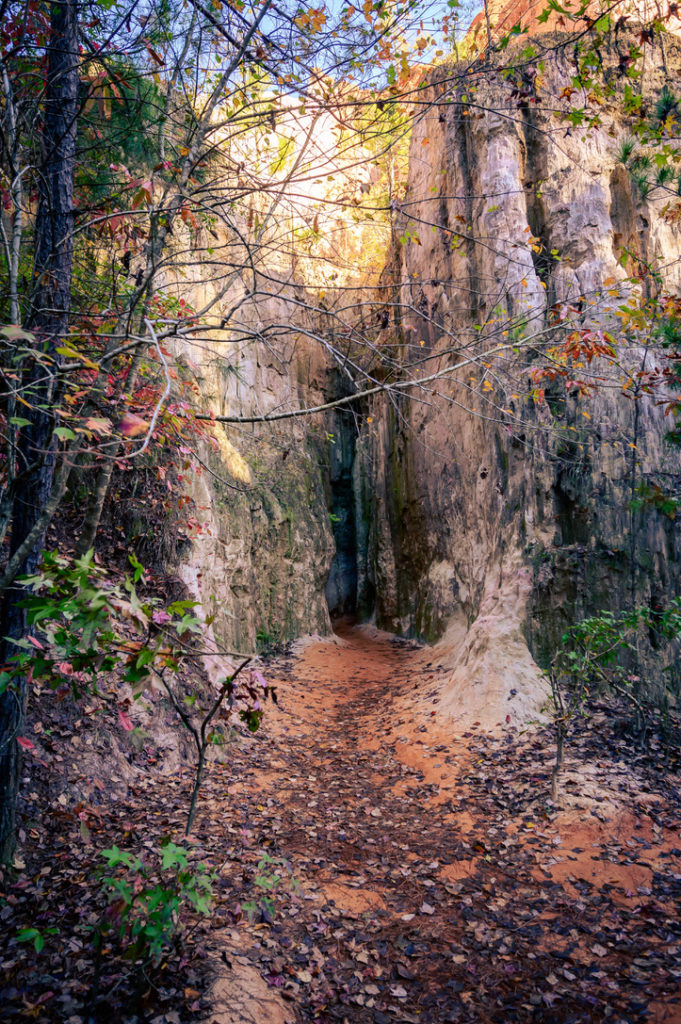
Just as you enter canyon 4, a small opening on the right appears – a hidden gem and my favorite part of the park. This narrow slot opens into a small room large enough for 2 or 3 very friendly adults, but the entrance way is hardly wider than me and my pack. I loved being up close to study the texture of the walls – soft and crumbling, the are marred by the hands of many visitors who have also taken the opportunity to carve designs, names and otherwise into the eroding walls.
We seriously probably spent 30 minutes in this (very short) slot canyon, taking photos of the textures and colors, just admiring the uniqueness and solitude of the space.
Continuing a little further into canyon 4, the visual impact continues to impress. I was struck by the colors and textures of the different layers of the soil, and could easily see how the canyons could be compared to the Grand Canyons, even though the scale is obviously quite different.
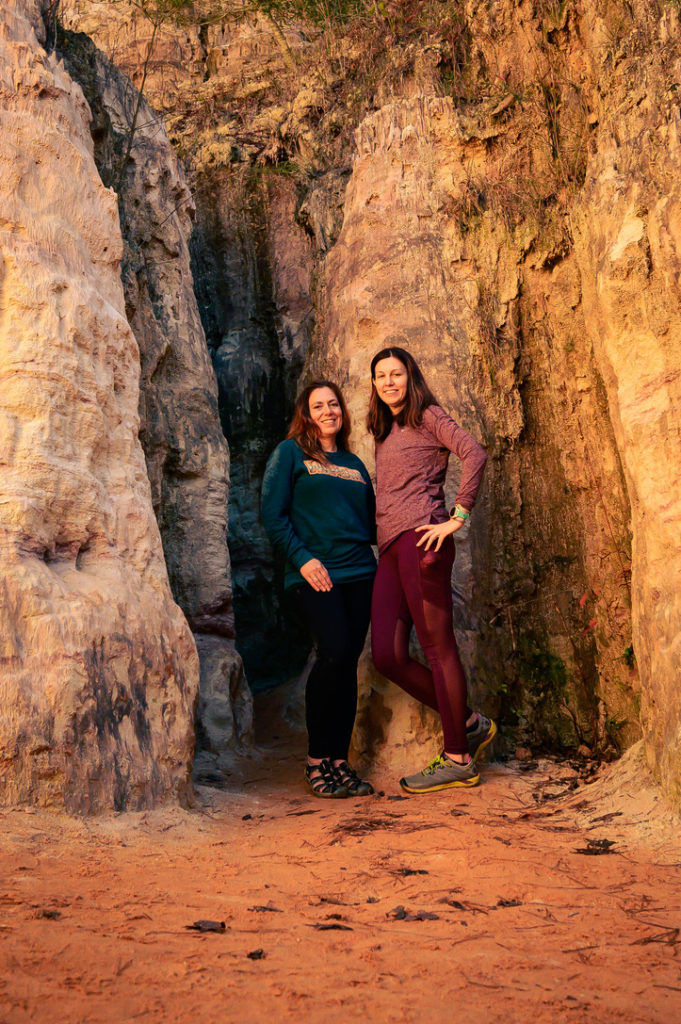
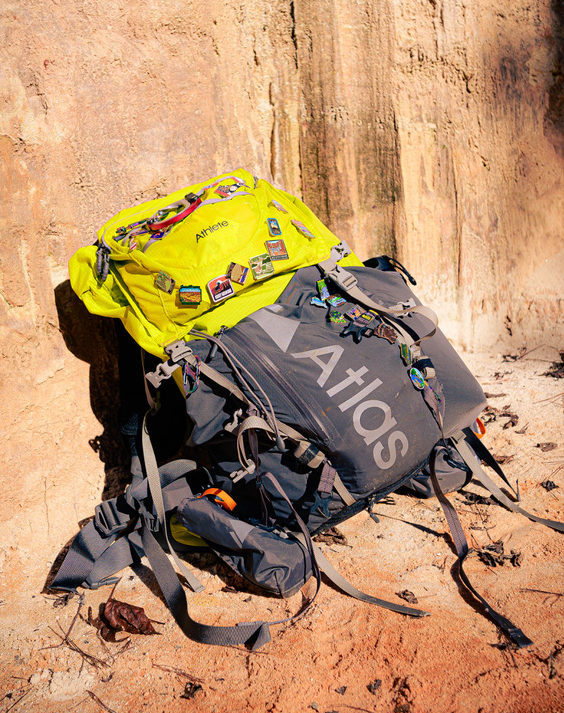
Of course none of my adventures would be quite the same without my Atlas Pack. So many travel photographers struggle over committing one or two lenses for their trip, but I am blessed to have a system that allows me to carry all of my lenses and other essentials in an easy to access and comfortable to carry solution. And, it’s my favorite color! <3
Once you continue out of the canyons, the adventure is only half begun. The climb out of the canyon feels more arduous than the descent in, but is over in a short bit, leveling out onto the wooded eastern rim. A little further along, you will find further evidence of the homesteaders of yesteryear, though admittedly not from the 1800s. Multiple cars have been left abandoned and slowly reclaimed by nature. Admittedly, we spent an inordinate amount of time climbing in and out and around these cars, carefully avoiding the sharp edges.
You end right back where you began, with another beautiful view of the rim, and a new appreciation of the canyons that you have now seen from above and below. The view is mostly of (beloved) canyons 4 and 5, but you can recognize smaller slices of the other canyons as well.





































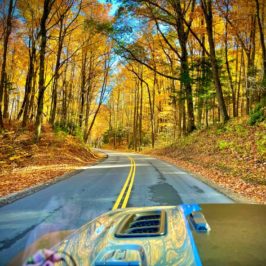
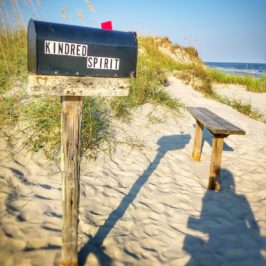
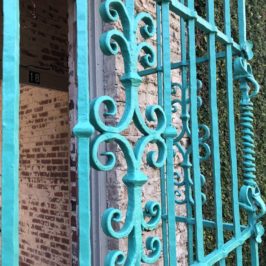
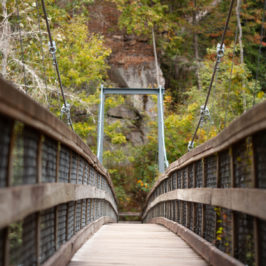

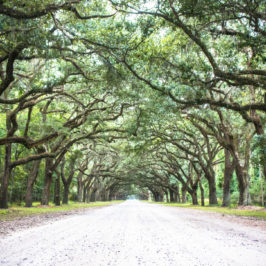
Leave a Reply